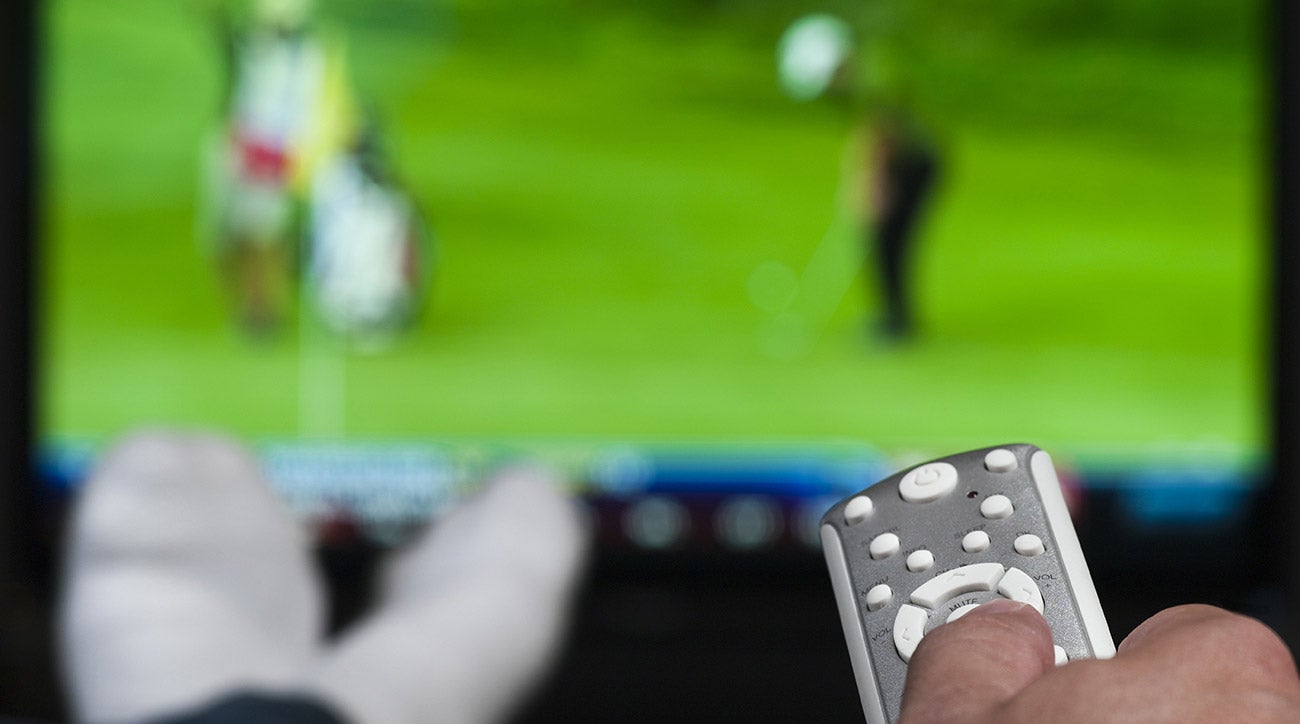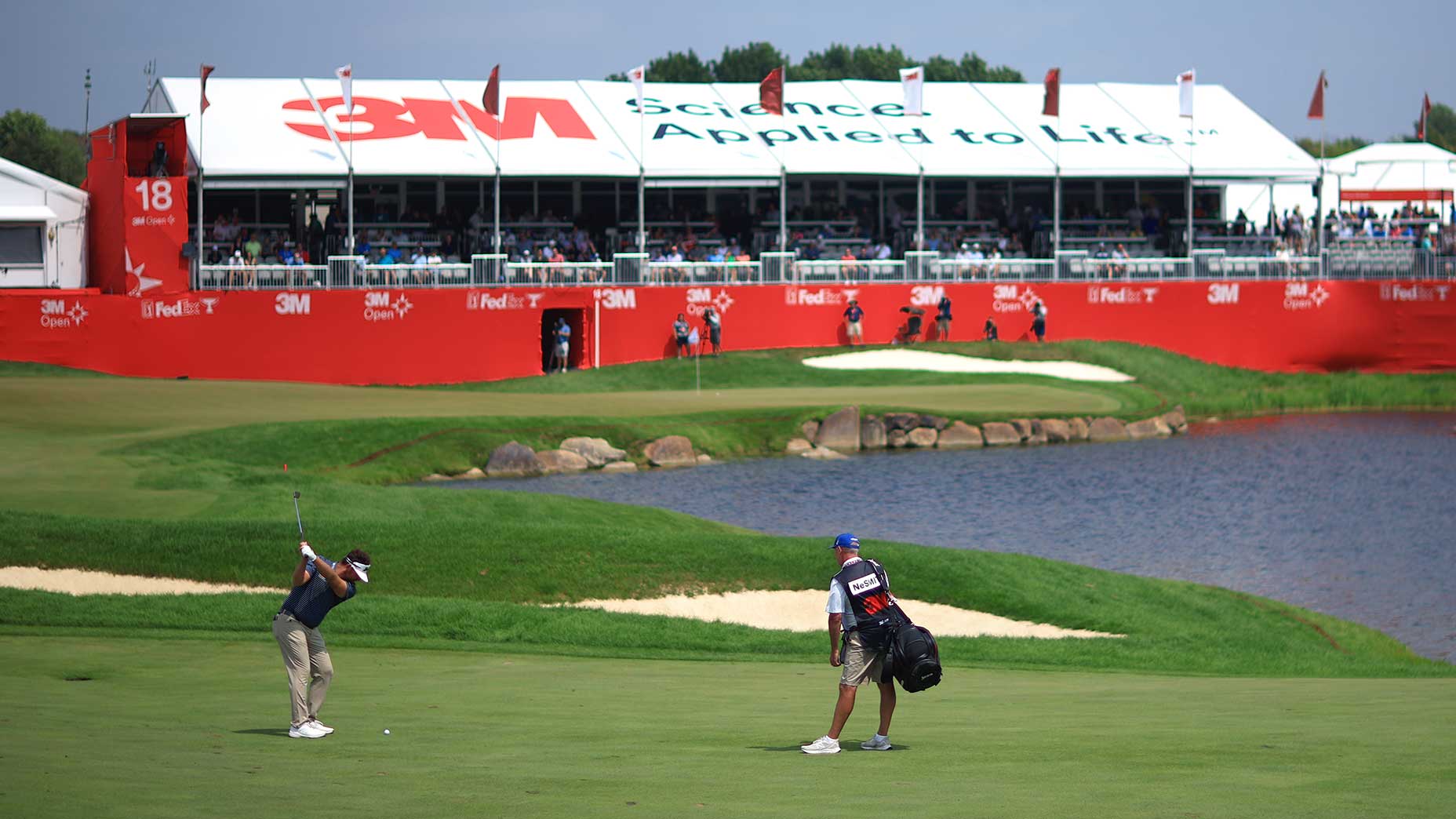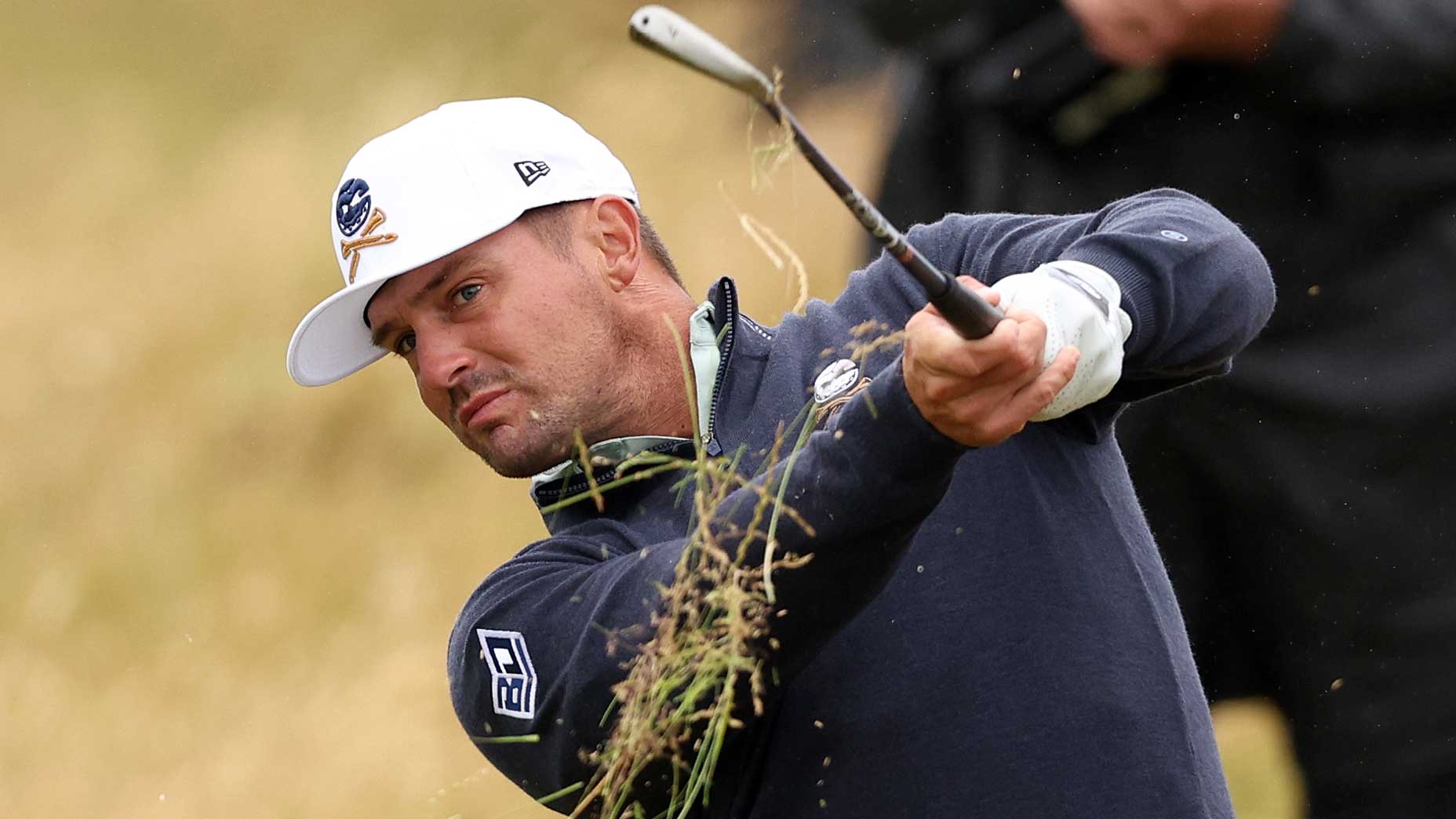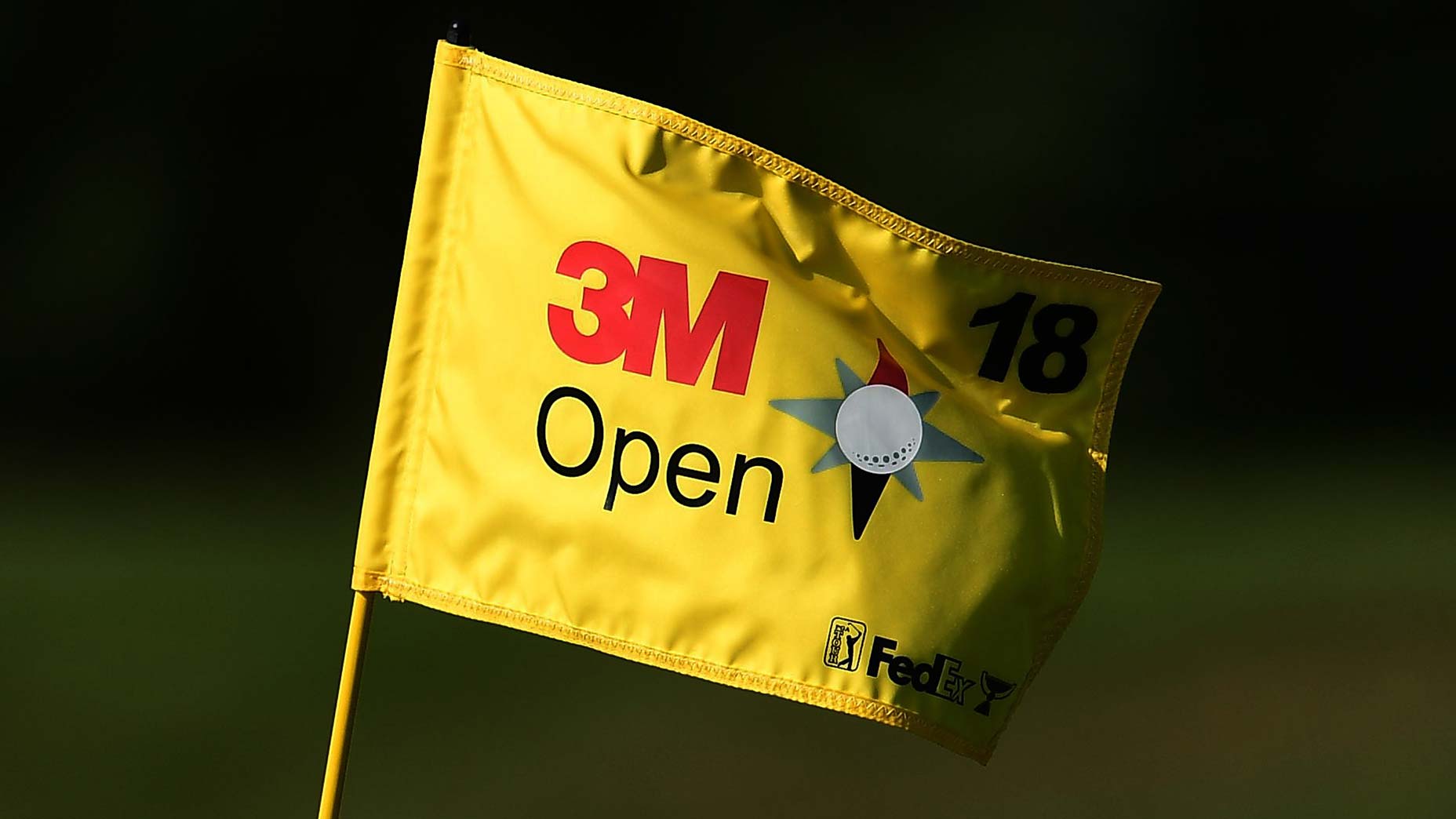Phil Mickelson and Tiger Woods want a piece of each other. But will the sports-viewing public want a piece of them? Judging from the social media storm that has erupted in response to the prospect of a $10 million televised Phil-Tiger tete-a-tete, it’s easy to imagine such an event would have a robust built-in audience.
Industry analysts agree.
“It has the potential to be huge,” says Austin Karp, who writes about the economics of sports and sports media for Sports Business Daily. “I’m not even much of a golf fan myself, but I know that I’d tune in.”
Though no date or venue has been announced for the match, Karp says the sleepy summer months would be the ideal window for an on-course duel between the two giants.
“This is really the perfect time of year, as we’re in kind of a void before the start of the NFL season,” Karp says. “There‚Äôs not a whole lot going on in the way of prime-time TV. A lot of the networks are running re-runs and eager for good content. You broadcast this live on a major network, and you‚Äôre going to get big numbers.”
Karp declined to speculate on what the ratings or revenue would be. But, he said, “it would definitely be as big as anything else golf has going on now.”
The practice of pitting aging athletes against one another has a long and colorful history, from the gladiatorial battles of ancient Rome to the pay-per-view fights of modern boxing and mixed-martial arts.
There is precedent in golf as well, in events such as the Skins Game and Shell’s Wonderful World of Golf.
In the case of Phil vs. Tiger, all the natural elements are in place for a blockbuster, featuring as it does two generational talents and longtime rivals entering the twilights of their careers, with plenty of shared history to draw on and plenty of spitfire left in their tanks.
But the event still needs to be executed right.

As Karp sees it, “burying it on pay-per-view” would be the wrong move. Why alienate potential viewers when you’ve got a chance to draw the kind of broader audience that golf has long been eager to attract?
Aside from showcasing the skills of two historic greats, industry analysts say, a Phil vs. Tiger match should also give fans and up-close-and-personal glimpse of a rivalry in action.
“What I’ve always loved about these kind of events is that they take you behind the curtain and give you a less sanitized version of the game,” says David Carter, professor of sports business at USC Marshall School of
Business and executive director of the USC Sports Business Institute. “We should be able to hear these guys chirp at each other and have some fun, because that‚Äôs what golfers actually do when they‚Äôre on the course.”
Both Mickelson and Woods have said they’re willing to wear mics. Each man has also shown a knack for needling the other. The stage is set for theater, Carter says, with the potential to draw a younger, non-traditional golf audience.
“You’ve got to think about who’s going to be watching,” Carter says. “It might help drive a younger demographic to the game that golf could really use. It also might help spawn a really fun franchise.”
Like other made-for-TV contests, a Tiger vs. Phil match would be an exercise in personal brand building with lots of potential lucre to go around: not just for the players but for their agents and sponsors and, of course, for the network that carries the event.
It’s also an opportunity for the sport to feature two of its patriarchs at a time when their relevance is being challenged by younger stars.
“Not that Phil and Tiger are irrelevant‚ÄĒfar from it,” Carter says. “But they’ve lost a step relative to the younger generation, and in recent years, with the rise of guys like Spieth and Jason Day and Justin Thomas, this gives them important face time in a new and changing era.”
Yet for all the importance of name recognition, any televised match, Carter says, would have to be about more than just the two big names involved. It should be about growing the game, and giving back to other causes.
“These guys don’t need the money,” Carter says. “So what is the charitable component going to be? This is a great opportunity for them to give back to the game, maybe by helping fund youth golf programs, or showing their philanthropic efforts toward a charitable cause. If the event just comes across as a campy money-grab, that is not going to go over well.”







